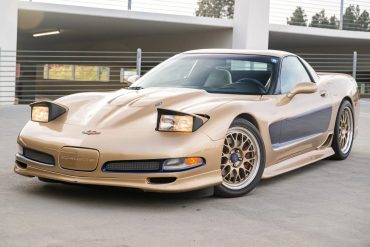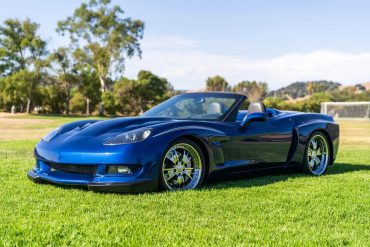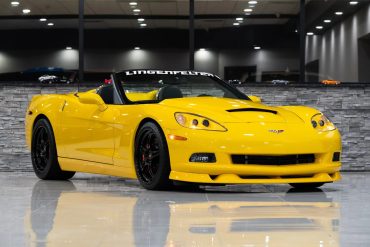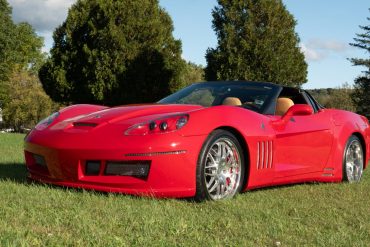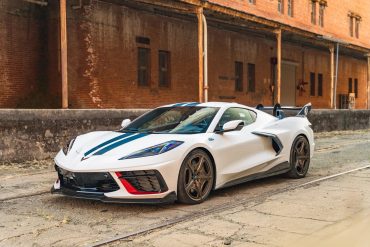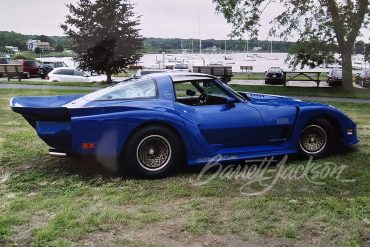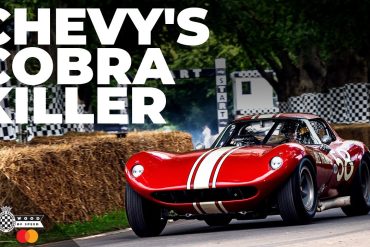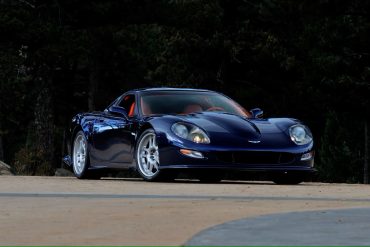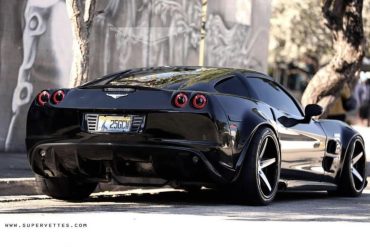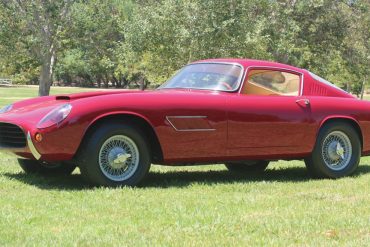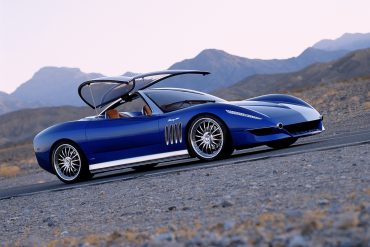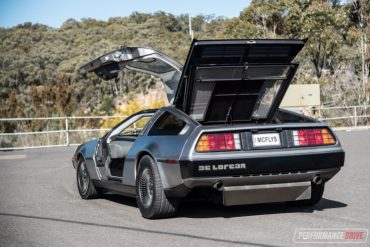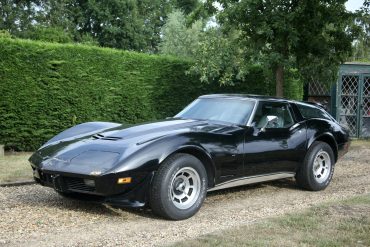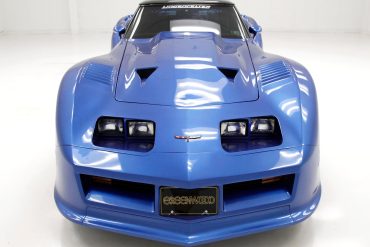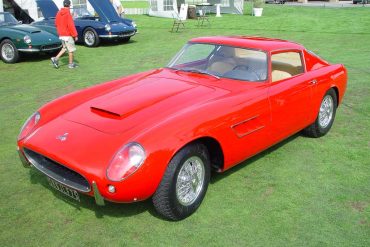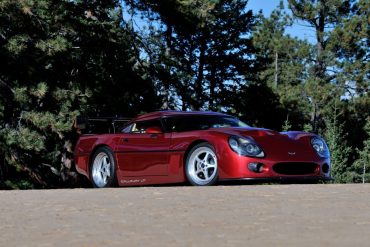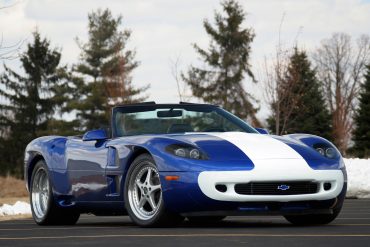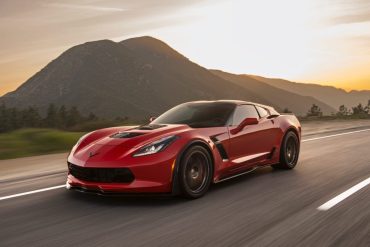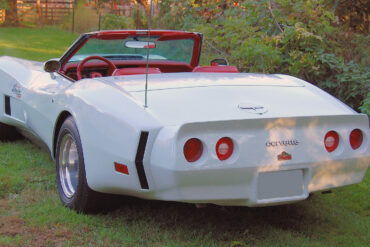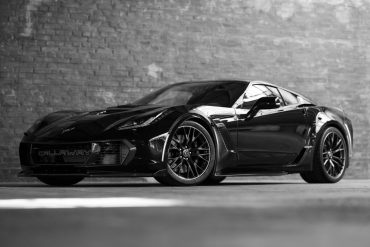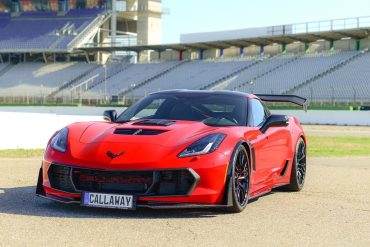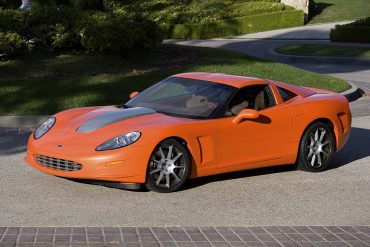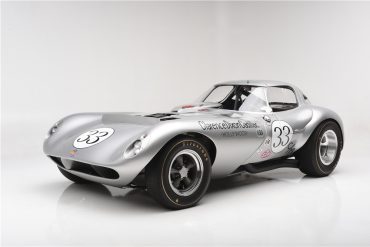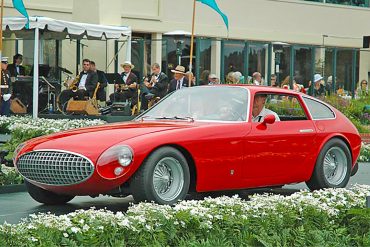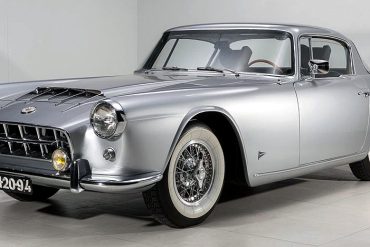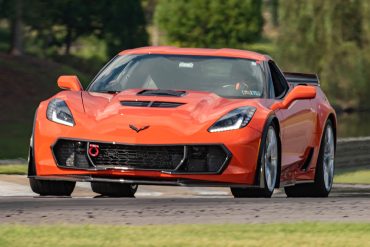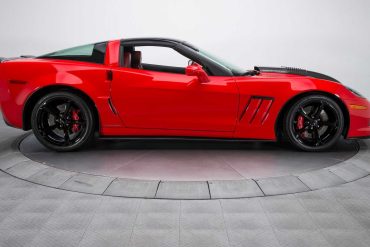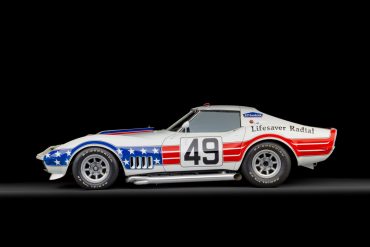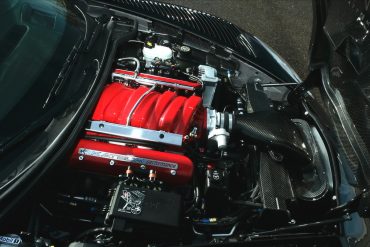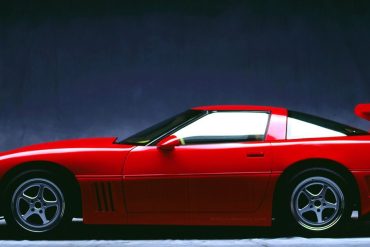To mark Corvette’s 50th anniversary in 2003, Chevrolet released a special edition that celebrated the C5’s success in redefining American...
The STS ZR7 debuted at the 2008 SEMA show in Las Vegas, intended as a limited production of 50 Corvettes...
Lingenfelter Performance Engineering was founded to offer enthusiasts a range of upgrades for their vehicles. While they initially focused on...
The Karvajal ZX1, with only three units produced, was first showcased at the 2009 New York Auto Show. This unique...
The 60th Anniversary Cunningham Corvette is a special edition with only 60 units produced, inspired by the No. 3 car...
If you happened to see this 1981 Greenwood Daytona Turbo out in the wild, at first glance, you might shrug...
The Cheetah was meant to be a Cobra-killer. It was Corvette powered, with a custom-designed chassis and suspension. There has...
When Chevrolet introduced the fifth-generation Corvette in 1997, Callaway immediately began development of a platform that would compliment and enhance the all-new C5 model. Reeves Callaway,...
I thought I had seen every unique and special Corvette out there, but despite nearly three decades as an enthusiast...
The Story of the Elusive Scaglietti Corvettes Created With the Help of Carroll Shelby History is a curious thing, we...
The Moray project, presented for the first time at the Geneva Motor Show on March 4, 2003, embodies the homage that Giorgetto and Fabrizio Giugiaro wish to pay to the fifty-year era of the Chevrolet Corvette, the supreme symbol of the American sports car. Touched by drifting tides with long and slender front lights, bringing immediately to mind the Moray, the English term for the eel-type fish, muraena helena, found in Mediterranean waters.
Food for Thought: Why not Build a Corvette-Powered DeLorean DMC-12 There have been few cars in automotive history more iconic...
Greenwood didn’t just build Corvettes for the track, constructing a variety of different street car kits over the years. The story goes that the original ’wagon concept was commisioned by a drummer who wanted a Vette with enough cargo space to haul his drums to various gigs. Since the demise of the Corvette trunk, easily accessible cargo areas were definitely on the wish list for many enthusiasts. Chuck Miller designed and built this first Shark-era Sportwagon.
What you see before you is a 1982 Chevrolet Corvette that has been fitted with a rare Greenwood Daytona body kit. The most extreme of the Greenwood brothers' kits, the Daytona body kit is a highly sought-after modification that was developed by race-winning specialists Burt and John Greenwood.
When the crankshaft broke on Gary Laughlin’s Ferrari Monza he had had enough. Being the owner of several Chevrolet dealers, he turned to Peter Coltrin to have a few rebodied. Fortunately, they pursued Sergio Scaglietti who made three fastback coupes on the Corvette chassis.
The offspring of collaboration between Corvette performance guru Reeves Callaway and designer Paul Deutschman, the Super Speedster LM is an astonishing step up on the original Speedster, taking full advantage of the ZR1’s Lotus-engineered, all-aluminum DOHC engine and 6-speed manual transmission. One of only three twin turbocharged and intercooled LT5 engines built by Callaway, it delivers a pavement-shredding 766 HP.
To understand why the Guldstrand GS-90 coupe and convertible differ so much, keep in mind that during the course of the C4 development cycle, no ZR-1 convertibles were planned, so the base C4 convertible had to be used in building a GS-90 Nassau Roadster, as it was called. The coupe, however, had the advantage of using the ZR-1 platform right from the get-go.
In the tradition of coach built shooting brakes, Callaway offers the AeroWagen for any version of the C7 Corvette Coupe. Its components can be fitted to the standard production C7, the Callaway SC627 Stingray or Grand Sport, or the Callaway SC757 Z06. The AeroWagen hatch assembly is a part-for-part replacement of the original equipment Corvette rear hatch, using the original hardware and latching mechanisms. It operates in an identical fashion.
The Duntov Turbo was built as a partnership between American Custom Industries (ACI), a company known for building replacement Corvette body panels, and Zora Arkus-Duntov. It was developed as a highly-stylized convertible sports car based on the production model Corvette. Each of the special Duntov Turbo's also came with a turbocharged V8.
The 25th Anniversary Edition is a hardened up version of Callaway's Corvette SC757, which in turn is based on a C7-generation Corvette Z06. It features a supercharged V8 that pumps out 757-horsepower and 777 pound-feet of torque. The supercharger is a GenThree Callaway unit with the company's TripleCooled intercooler system. A high-flow intake system feeds that beast. Callaway's Level Two HD Cooling System also helps it avoid the overheating issues that plagued C7 Z06s.
Callaway Competition has constructed some of the most successful GT3 race cars in history. Competing against the world’s premier marques, Callaway is currently recognized as the most successful race team of the ADAC GT Masters series. To celebrate Callaway Competition’s 25th anniversary, we’re building 25 unique, specially-equipped “Callaway Champion” road cars. The Z06-based Champions are built by our expert craftsmen.
The Callaway C16 was Callaway’s 16th major automotive project. It was a limited production, bespoke automobile, built to order, by what the Press called “the best specialist engineers in the business”. These cars are seriously fast, beautiful, and exclusive. The C16 was a direct competitor for the Porsche GT3, the Lamborghini Murcielago, the Ferrari 599 GTB. It was both faster and more capable than its competitors, at less cost.
Bill Thomas had one goal in mind when he designed and produced the Cheetah: beat the Ford Cobra. 25 examples were produced until sadly, the factory burnt down. After the blaze, chevrolet pulled out of the project. The power to weight ratio was phenomenal (it was almost 500lbs lighter than the cobra!). The V8 was pushed back as far as possible leaving the engine almost in the center of the car. Some examples were tuned as high as 520HP.
This one-off 1961 Vignale Corvette was built for the 1961 Salon de l'Automobile in Paris, France. It was based on a 1960 Corvette chassis and built by Italian coachmaker Carrozzeria Vignale. The body was designed by Gordon Kelly.
Chevrolet Corvette Coupé, 1957, by Ghia Aigle. Designed by Giovanni Michellotti a one-off built on a ‘54 Corvette chassis by Carozzeria Ghia in Switzerland. The Ghia Corvette was powered by a Blue Flame 6 in-line engine with a 4-speed manual gearbox
For the 2014 model year, the Chevrolet team sculpted the seventh-generation Corvette into the most sophisticated, most feature-packed Corvette produced to date. Facing a daunting challenge, new technology enabled Callaway engineers to produce breathtaking power with seamless transition into and out of positive manifold pressure. Entirely new, Callaway’s patented GenThree supercharger design improved airflow quality and increased charge air cooling capacity.
The 2005-2013 Callaway Corvette was a specialist version of the C6 Corvette, built by Callaway Cars expert craftsmen and sold through selected Callaway/Chevrolet dealers. The 17th “C-Project” undertaken by Callaway first produced naturally-aspirated SuperNatural™ 450, 461, 490 (6.0L) and 550 (6.8L & 7.0L) horsepower Callaway Corvettes. In February 2006, Callaway returned to its positive manifold pressure roots, introducing Callaway “SuperCharged” Corvettes.
When one of his cars was severely damaged in 1972, John Greenwood converted his 1969 L88 Convertible into a formidable race car. Included as the formidable ZL1 engine with 750 bhp on tap. Other modifications included a rear spoiler, quick replacement radiator and camber adjusters. At Le Mans, this car set the GT-class record for top speed down the Le Mans straight with 215 mph.
In 2006, the company behind the Corvette C6.R pulled out all the stops and developed a Corvette (based on a Z06 donor car and a lot of amazing engineering) that featured an unprecedented amount of horsepower and torque under its hood while packing ultimate luxury inside its ultra-wide carbon-fiber body. The car, which was revealed at the SEMA show in 2007, was called the C6RS Corvette.
Reeves Callaway has always had a dream of competing a Corvette of his own at the 24 Hours of Le Mans, France. The idea begin with the body work for a street version, but one thing led to another, and a full race version was completed as well. The street version is almost identical to the race version because the hood, tail, rocker panels, and lower door halves, are all made of carbon fiber, just like the race version.


